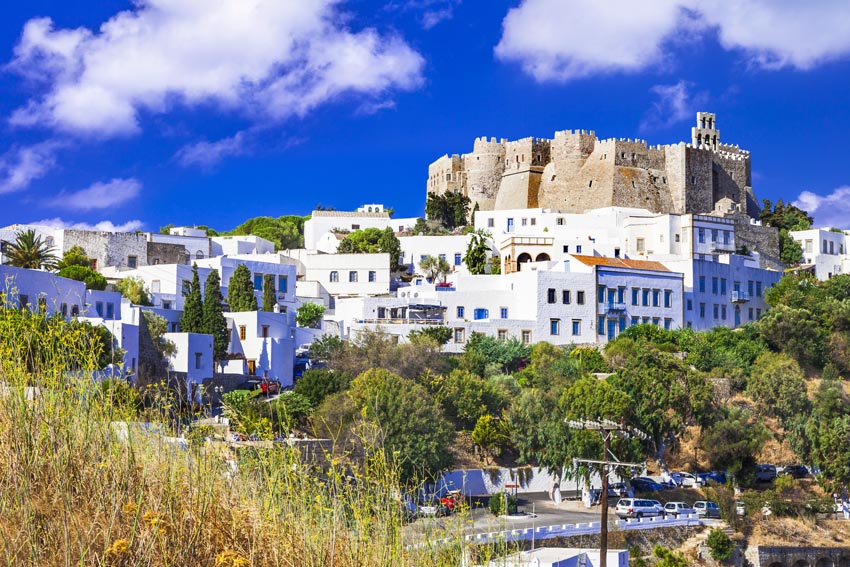Exploring the Mystical Beauty of Patmos Island, Greece
Introduction: Nestled in the Aegean Sea, Patmos Island stands as a beacon of tranquility and spiritual significance. Renowned for its stunning landscapes, rich history, and spiritual heritage, this small Greek island has captivated visitors for centuries. From its picturesque villages to its sacred sites, Patmos offers a unique blend of natural beauty and cultural heritage that continues to enchant travelers from around the globe.
Geography and Location: Patmos is a small island located in the southeastern Aegean Sea, part of the Dodecanese island group. It covers an area of approximately 34 square kilometers and boasts a diverse landscape characterized by rocky hills, fertile valleys, and pristine beaches. The island is situated about 55 kilometers southwest of Samos and 168 kilometers southeast of Piraeus, the port of Athens.
History and Mythology: The history of Patmos is steeped in mythology and legend. According to Greek mythology, the island was initially named “Letois” after the goddess Leto, who was said to have been pursued by the god Zeus on its shores. In antiquity, Patmos was inhabited by the Dorians, and later came under the rule of the Roman Empire. However, it was during the Byzantine era that Patmos gained prominence as a center of Christianity.
Religious Significance: Patmos is perhaps best known as the island where St. John the Divine is said to have received the visions that inspired the Book of Revelation, the last book of the New Testament. The Cave of the Apocalypse, located near the island’s main town of Chora, is believed to be the site where St. John experienced these divine revelations. Today, the cave is a major pilgrimage site and a UNESCO World Heritage Site, drawing thousands of visitors each year.
Cultural Heritage: Beyond its religious significance, Patmos boasts a rich cultural heritage that is evident in its architecture, traditions, and customs. The island’s main town, Chora, is a charming maze of whitewashed houses, narrow streets, and Byzantine churches, including the imposing Monastery of St. John the Theologian, which dates back to the 11th century. Visitors can also explore the traditional villages of Skala, Kambos, and Grikos, each offering its own unique charm and character.
Natural Beauty: In addition to its cultural attractions, Patmos is blessed with natural beauty that beckons outdoor enthusiasts and nature lovers. The island’s coastline is dotted with idyllic beaches, from the popular Psili Ammos and Grikos Beach to the secluded coves of Petra and Livadi Geranou. Hiking trails crisscross the island, leading to panoramic viewpoints, ancient ruins, and hidden gems waiting to be discovered.
Cuisine and Gastronomy: No visit to Patmos would be complete without savoring its delicious cuisine, which reflects the island’s rich culinary heritage. Fresh seafood, locally sourced produce, and traditional recipes are the cornerstones of Patmian cuisine. Visitors can indulge in mouthwatering dishes such as grilled octopus, stuffed vine leaves, and honey-drizzled desserts, accompanied by locally produced wine and ouzo.
Conclusion: Patmos Island continues to enchant visitors with its mystical beauty, spiritual allure, and timeless charm. Whether exploring its sacred sites, basking on its sun-kissed beaches, or savoring its culinary delights, travelers are sure to be captivated by the unique ambiance of this Aegean gem. From the heights of Chora to the shores of its pristine beaches, Patmos invites visitors to experience the magic of its past and the splendor of its present.
